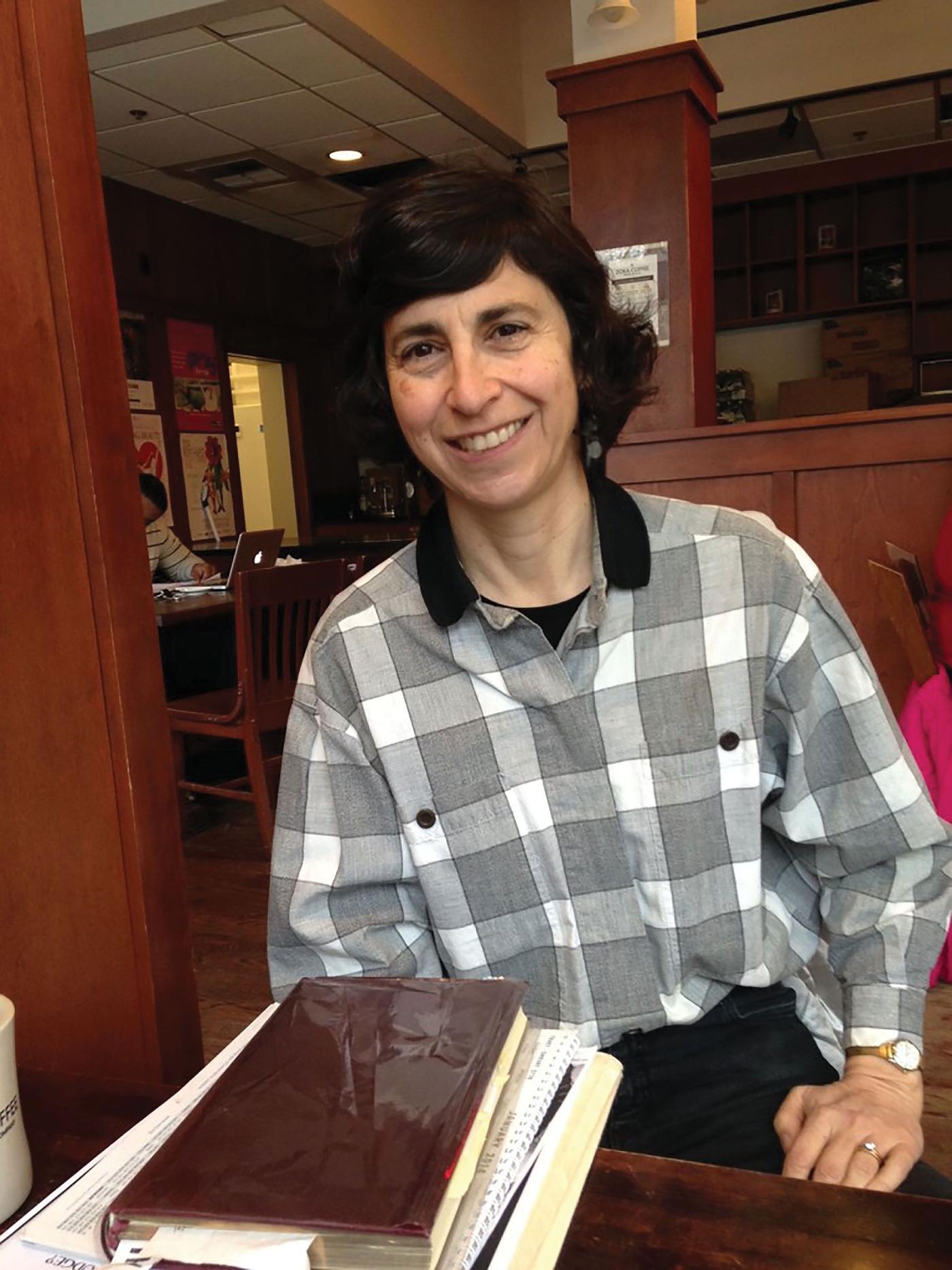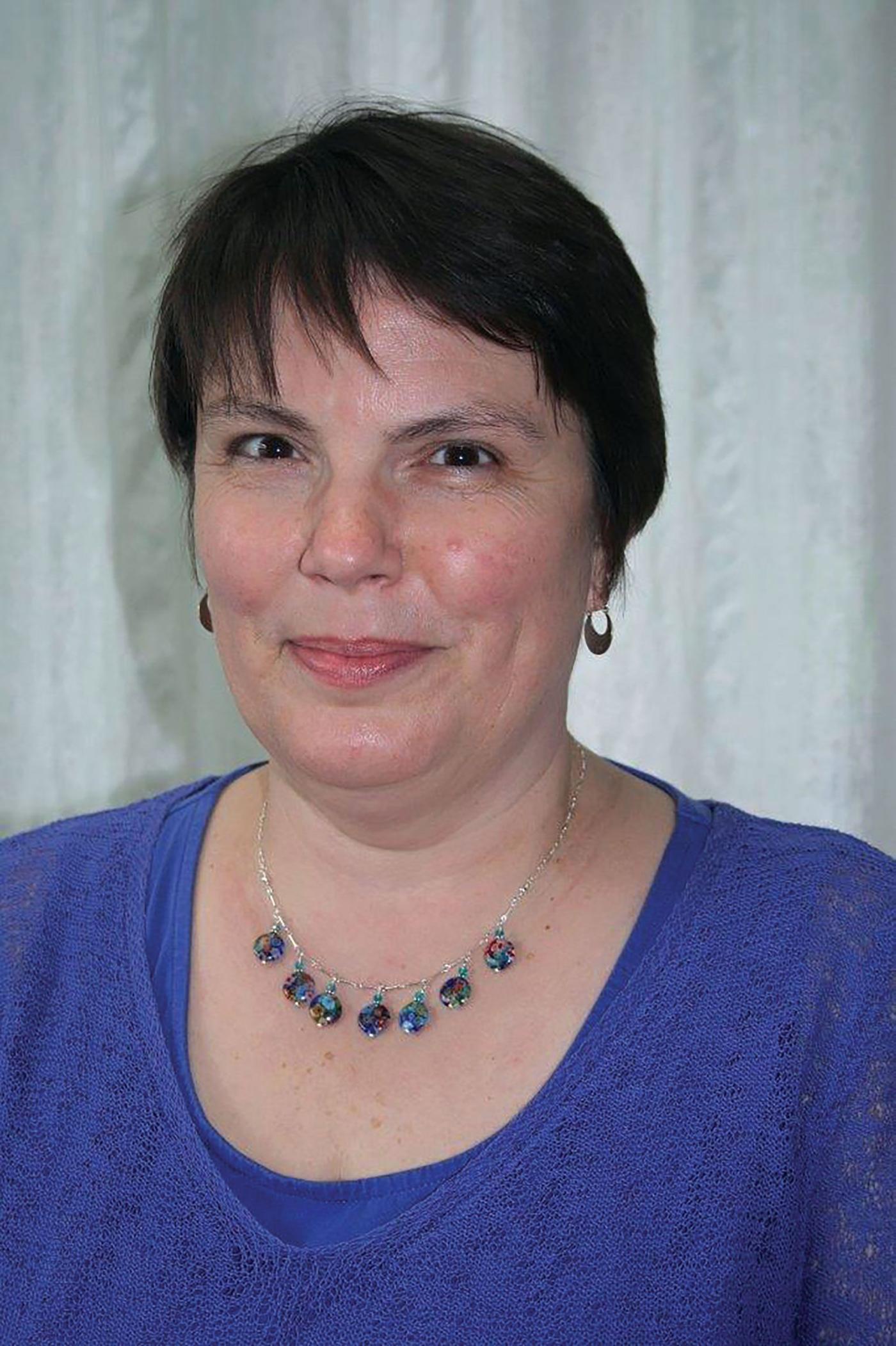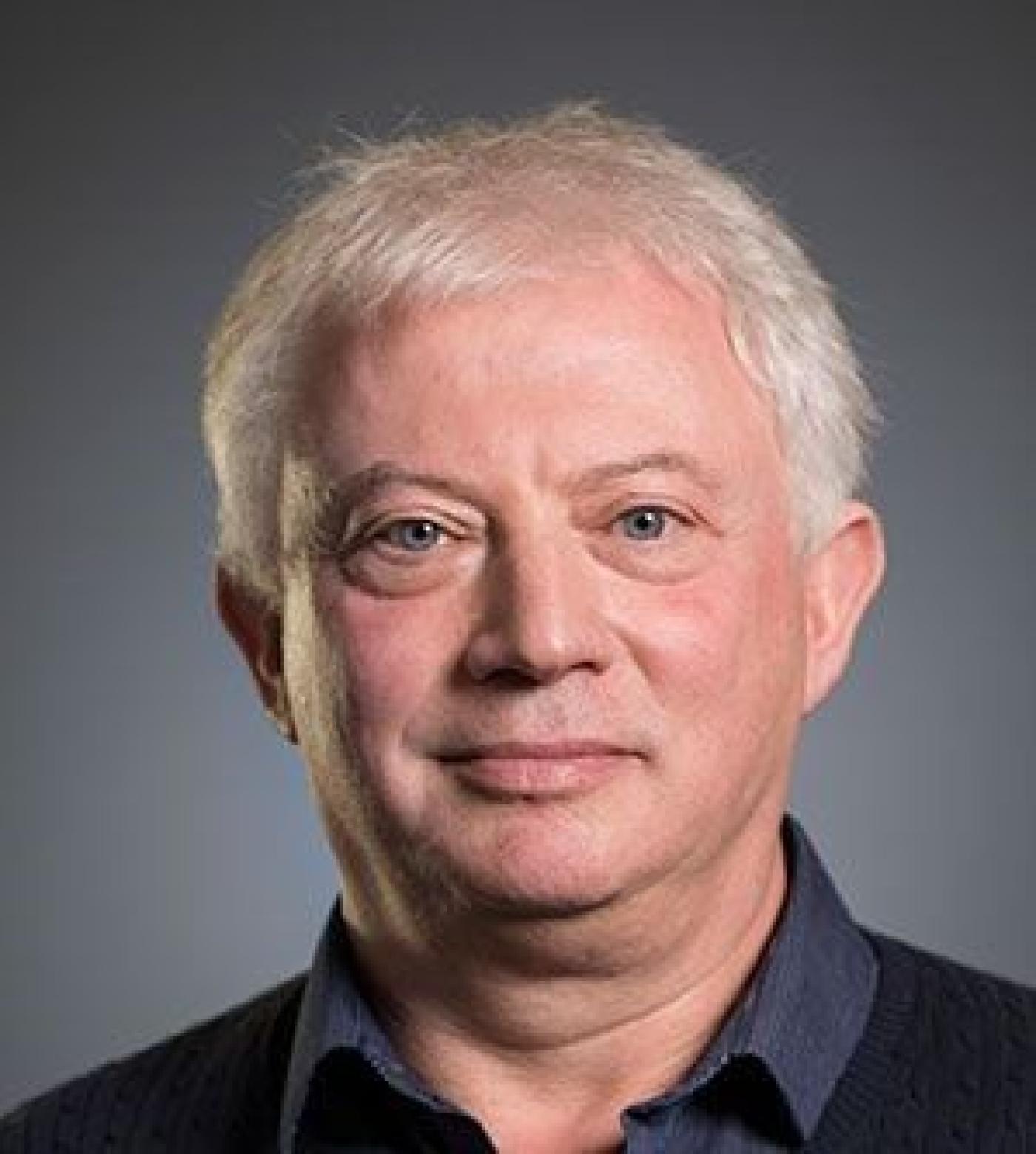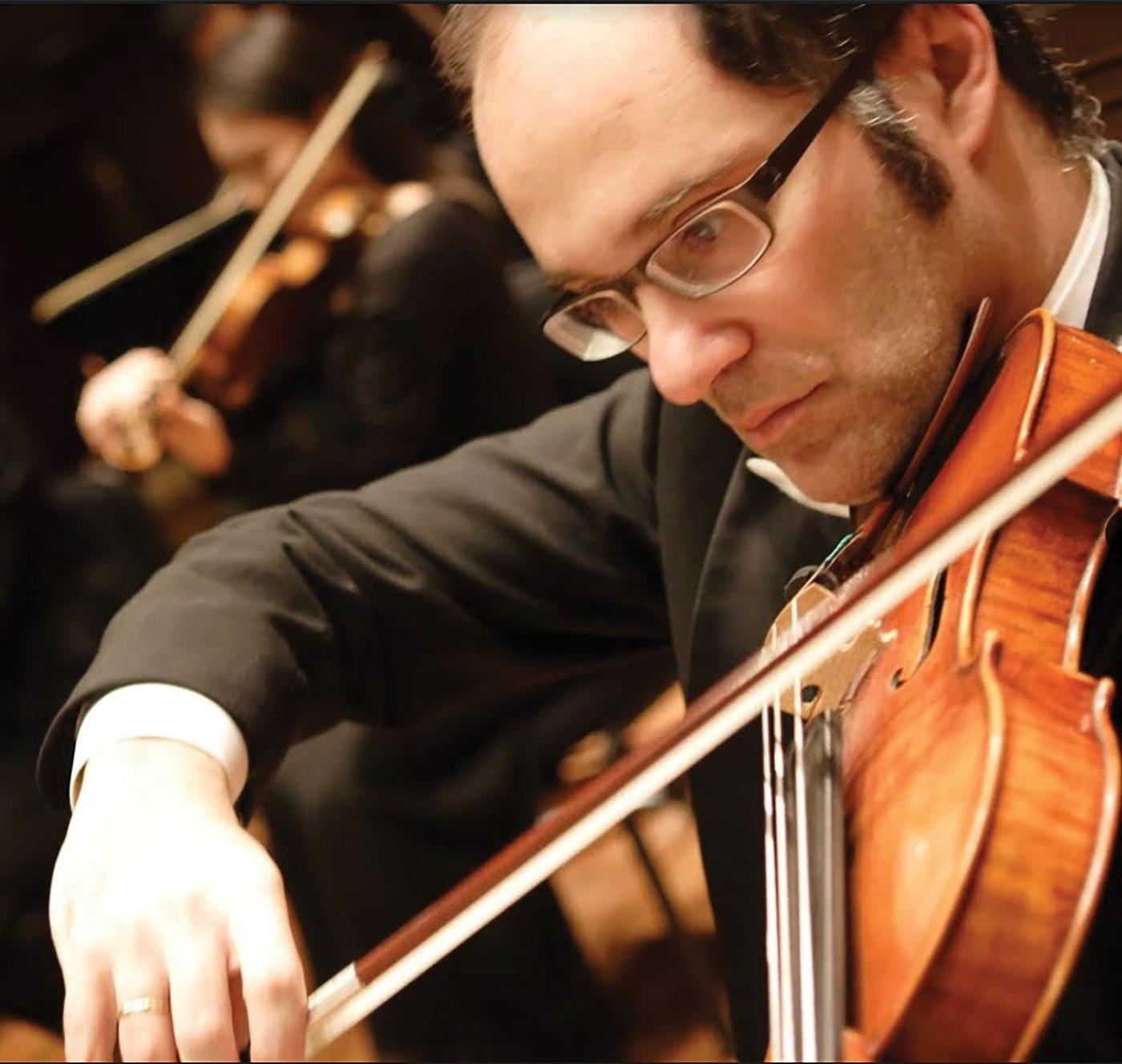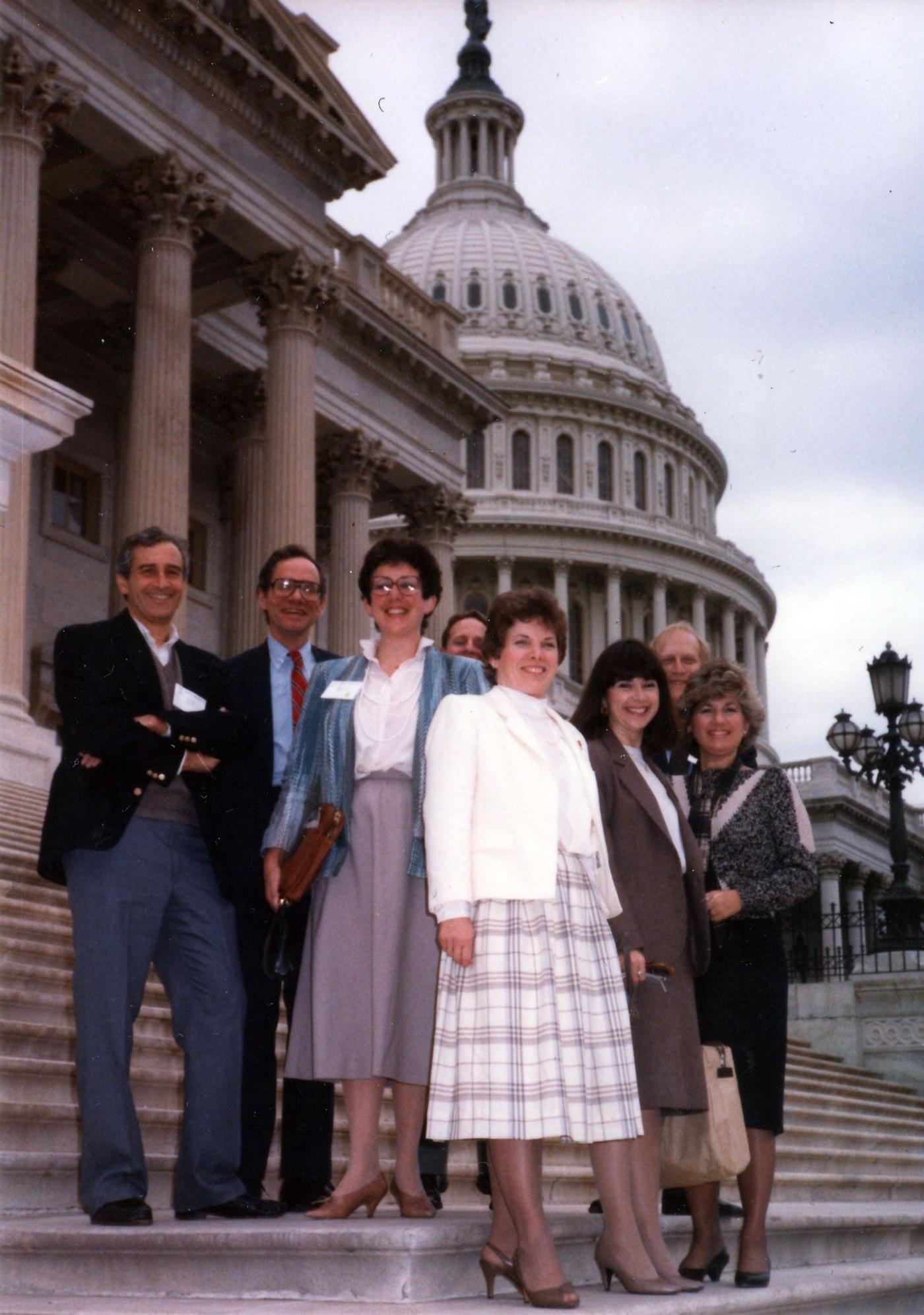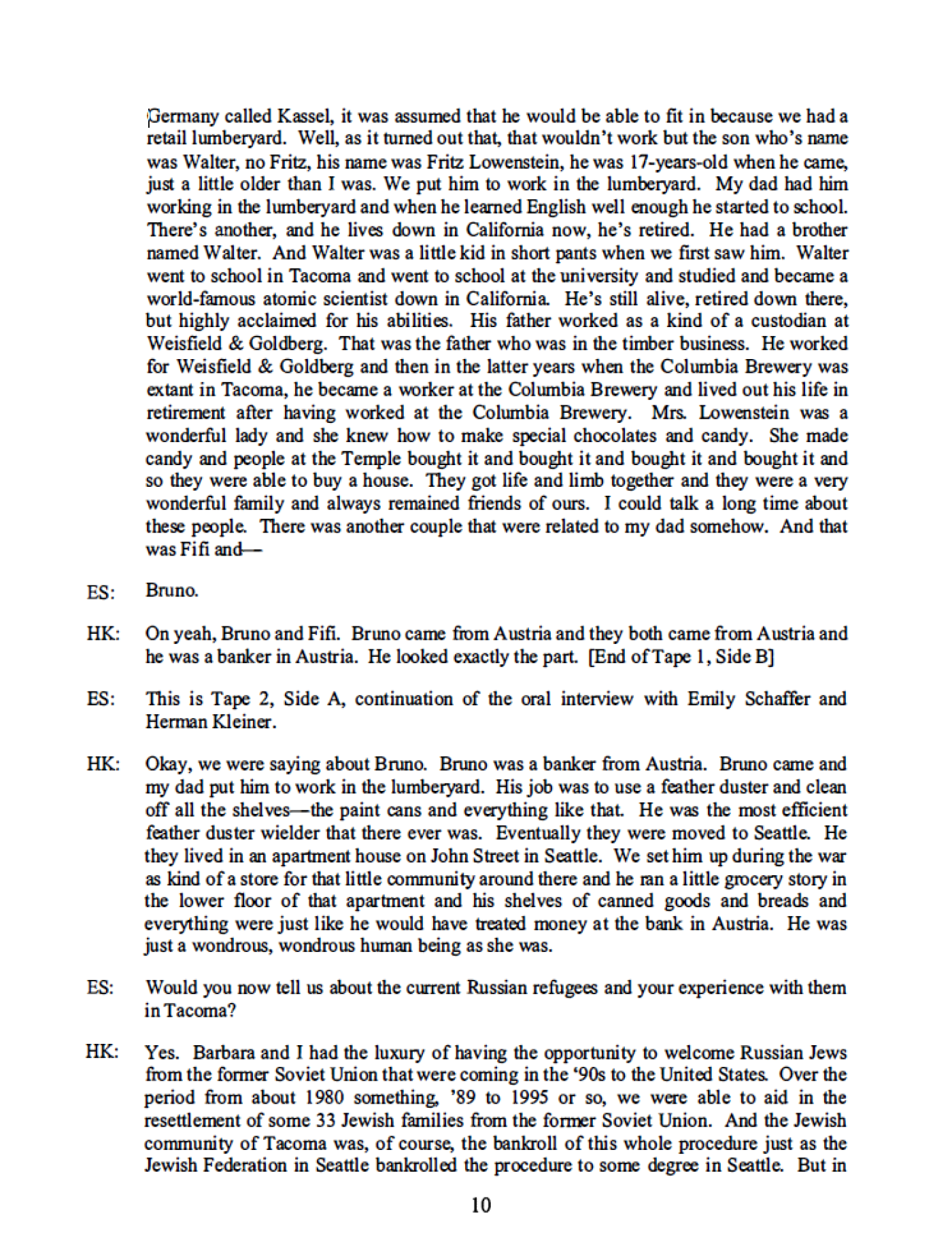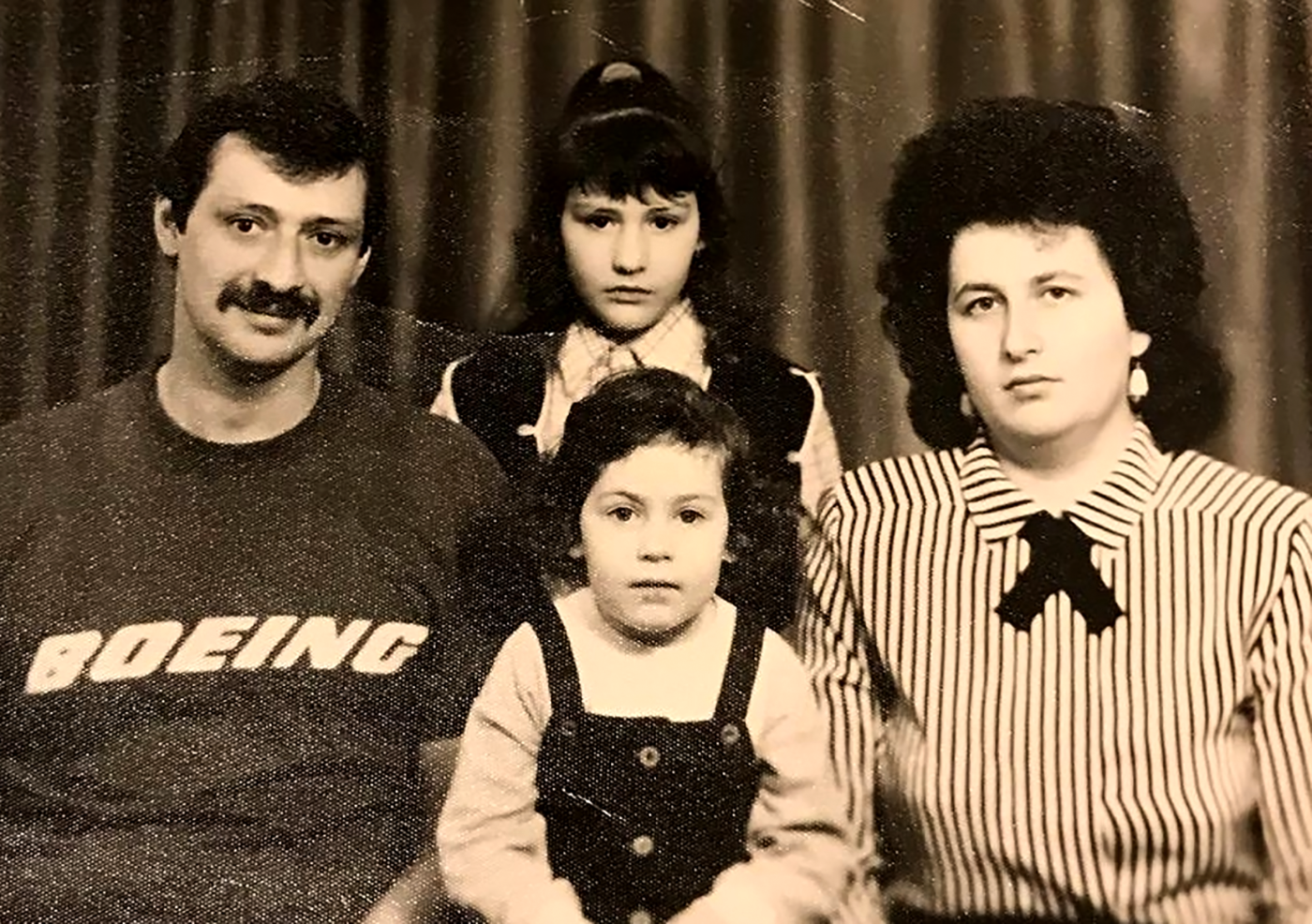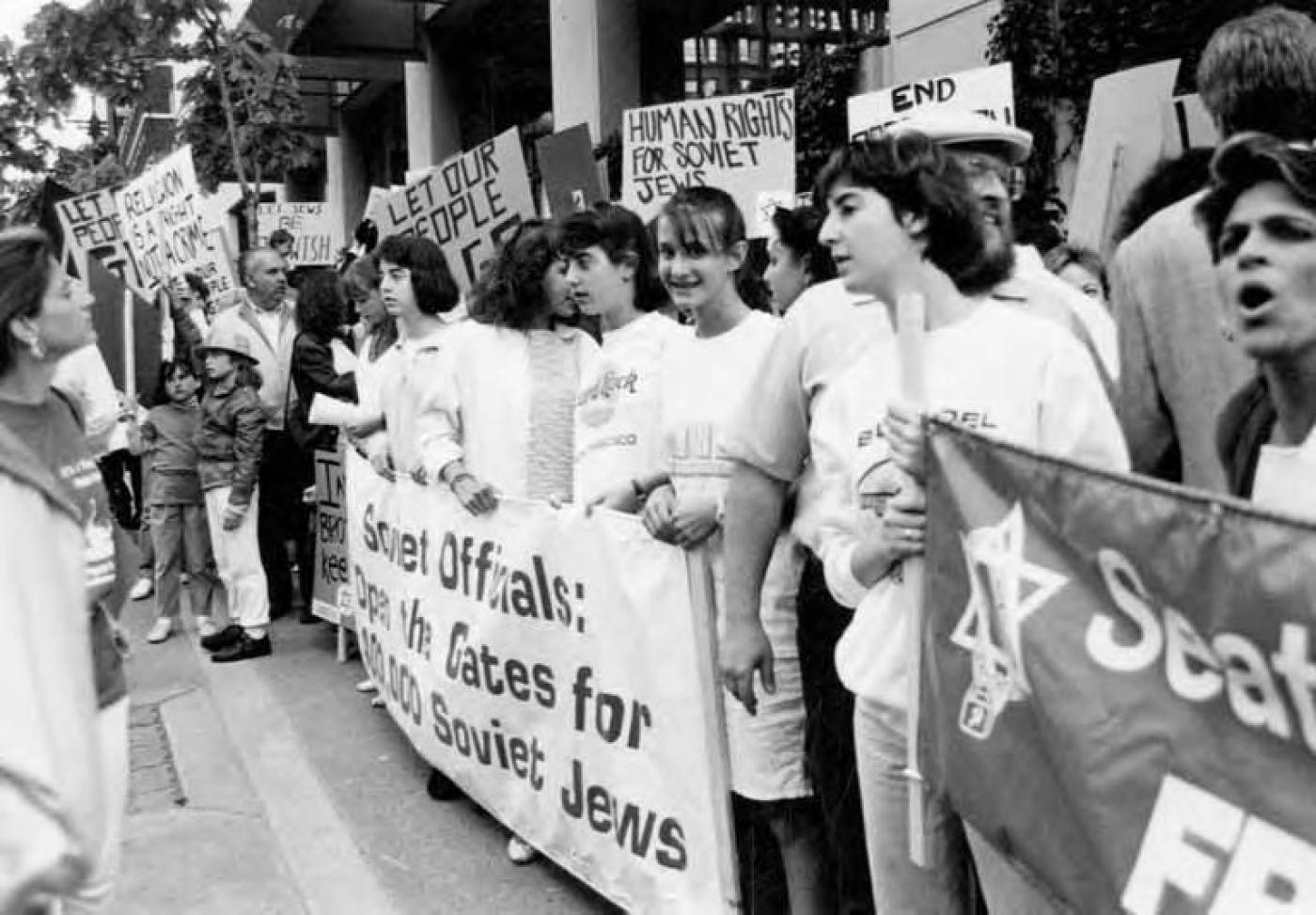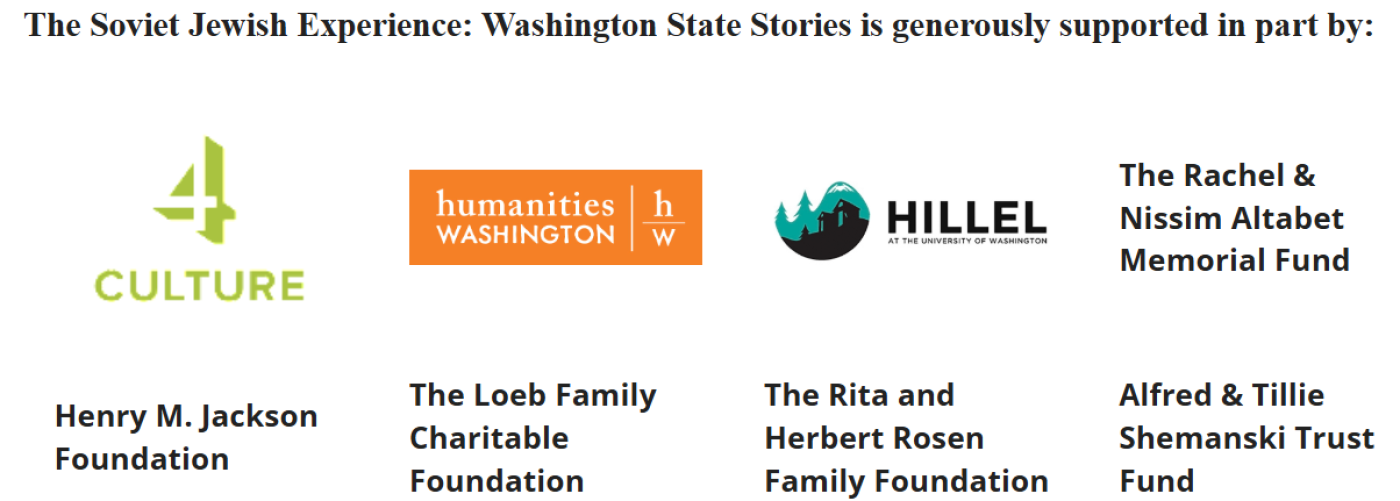The Soviet Jewish Experience
The history of Jews in Soviet Russia was defined by persecution, poverty, and state-sponsored antisemitism, from restrictions on religious practice to violent purges like the Night of the Murdered Poets and the Doctor’s Plot. Despite this repression, the Kremlin refused to let Jews emigrate, creating the “Refuseniks”—those denied exit visas who often lost jobs, homes, and their place in society. Their struggle gained international attention, with protests stretching from Seattle to Spokane. In this collection, are the stories of those who led the fight for the freedom of Soviet Jews who ultimately built new lives in our state. Stories from Beth Huppin, Carol Benedick, Gregory Korshin, Mikhail Shmidt and John Hamer can be found here. These profiles are from "The Soviet Jewish Experience: Washington State Stories" digital exhibit.
Beth Huppin
As a Spokane high school student in the early 1970s, Beth Huppin joined protests during the World’s Fair, wearing “Let My People Go” T-shirts to confront visiting Soviet delegates. Her activism later took her to the USSR, where she met Refuseniks living in fear yet clinging to Jewish traditions in secret. She witnessed their courage, from makeshift menorahs to families preparing for self-defense against pogroms. These experiences deepened her appreciation for her own family’s emigration and shaped her lifelong commitment to Jewish advocacy and service.
Carol Benedick
When Jewish emigration from the USSR opened in 1988, Jewish Family Service led efforts to resettle Refuseniks in Washington State. Carol Benedick, hired as the first caseworker, used her Russian skills to help highly educated immigrants adjust, often starting in jobs below their training. Many sacrificed careers for family but worked hard to rebuild their lives. While their ties to Judaism varied, all shared relief at finally having the freedom to live and identify on their own terms.
Gregory Korshin
Gregory Korshin, now a professor at the University of Washington, emigrated from Kazan, USSR, to the United States in 1991 with his wife and two young sons. Though raised in a region relatively tolerant of Jews, he experienced life without synagogues or open Jewish practice. Driven by a strong Jewish identity, he taught himself Hebrew and became the first Hebrew teacher in Kazan in over two generations. His journey to America was shaped by both hope for freedom and the loss of his father just before emigration.
Mikhail Shmidt
Mikhail Shmidt, a violinist born in Moscow to a Jewish family, discovered his musical talent as a child and was placed in the Soviet music education system. Excelling on the violin, he studied at the prestigious Gnessin Institute and performed with leading orchestras, but constant antisemitism pushed him to emigrate. In 1990 he left the USSR, settling first in New York before joining the Seattle Symphony in 1991. In America, he built both a musical career and a renewed connection to Jewish life, embracing traditions with his family.
Stories from the Community
Dr. Edward A. Stern
Dr. Edward A. Stern, z"l was a physicist and professor at the University of Washington who advocated for the refuseniks, even visiting the USSR to help and learn from them directly.
In our exhibit "Dr. Edward A. Stern: Scientist & Activist," the section "A Voice for Peace and the Oppressed" discusses his work for Soviet Jewry in greater detail.
Herman Kleiner
Here is the transcript from a piece of Herman Kleiner Oral History:
"...from '89 to 1995 or so, we were able to aid in the resettlement of some 33 Jewish families from the former Soviet Union. In the Tacoma Jewish community probably spent $125,000 to resettle these folks. We worked with the Jewish Family Service in Seattle. We secured their apartment before they came. We stocked the refrigerator. We purchased used tables, chairs, everything. And when they came we would pick them up at the plane. We would bring them from the plane. They had just arrived from Moscow. We would record everything on a videotape and bring them to their apartment. It was absolutely one of the most wondrous parts of our lives."
Dina Tanners
"I have cousins [Zoya Gisburg Garburg and her family] in Israel, now in Kiryat Biyalik for for many years in Kiryat Shmona, who came to Israel in 1991. My father's first cousin - Zoya's father - and his wife visited Seattle in 1989, but my extended family could not get them visas to come to the US, so they went to Israel. They have been hard-working and raised two daughters and now have 5 grandchildren and another on the way.
I found out on a recent trip that they credit coming to Israel with Zoya and her daughter being alive. They were close to Chernobyl and have serious thyroid problems which were only treated seriously after their arrival in Israel...
I visited refuseniks in May of 1989, with Judy Balint giving us names of people to visit. It was a few months after Julie Morris of Spokane had gone. She was visibly followed to shake her up, though I was not."
Zoya and her older daughter Gala Garburg received special medical treatment in Israel because of what they had suffered by being close to Chernobyl. Gala is a nurse working on her Ph D, married with three children. The younger daughter, Ola, is married with two sons and a daughter on the way. Both daughters live in Harish. Zoya and Boris moved to Kiryat Bialik several years ago from Kiryat Shmona, where Boris worked for Teva Pharmaceuticals and Zoya at Hamashbir.
Yosef was my father's [Sid Nelson] first cousin, and also first cousin to his sisters Sara Efron and Gussie Stusser, both very active in the Seattle Jewish community.

